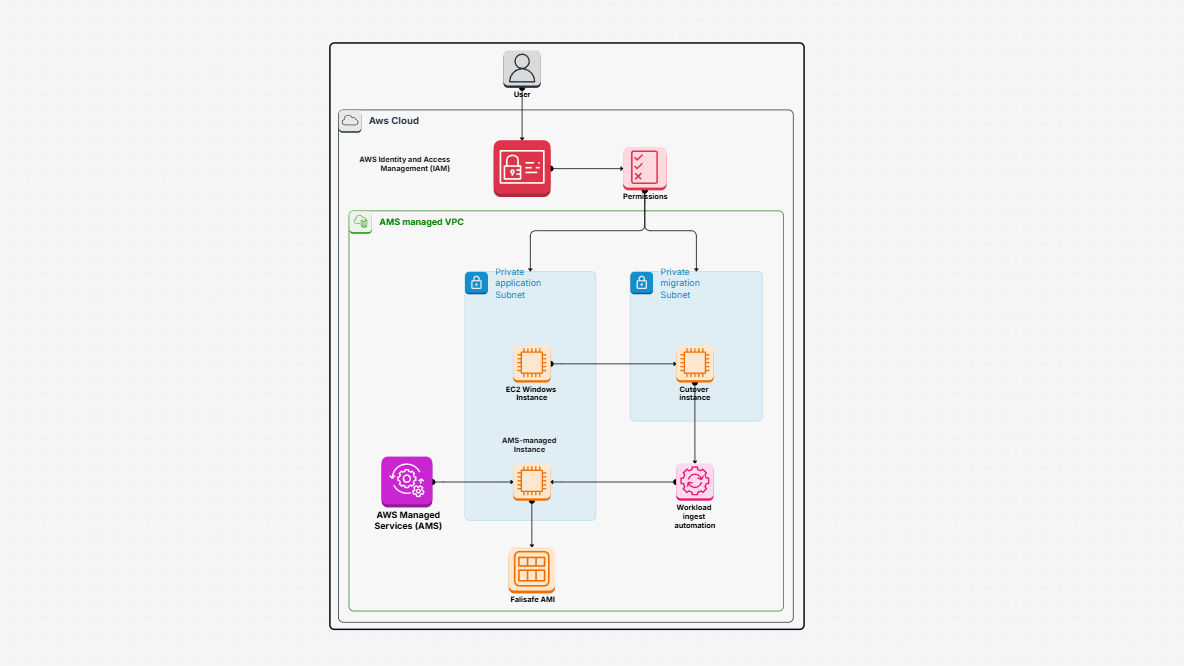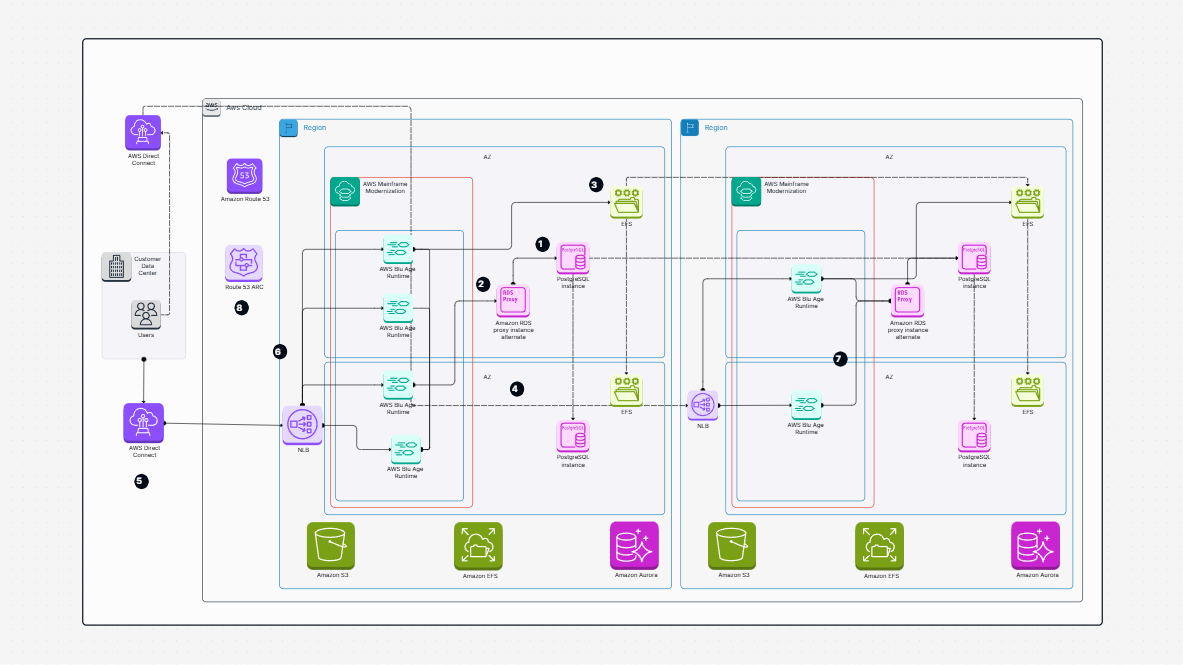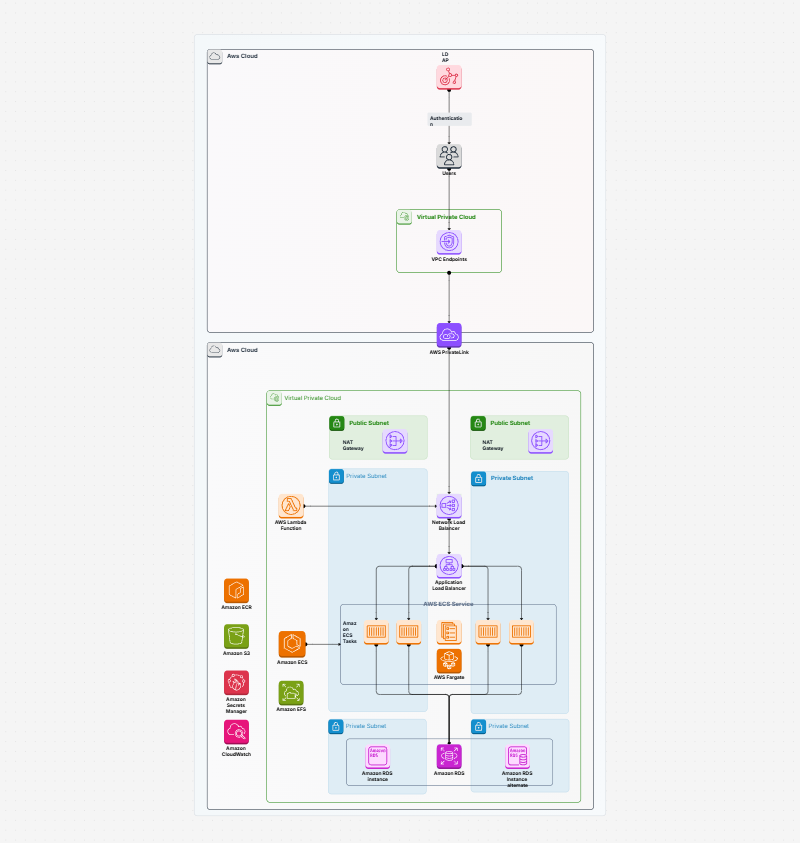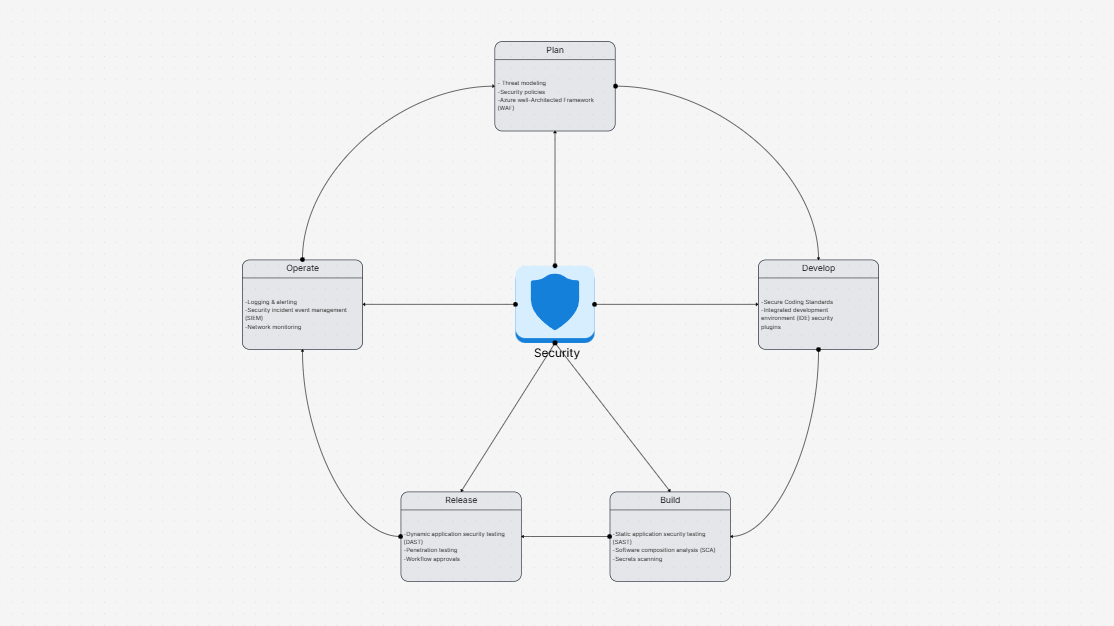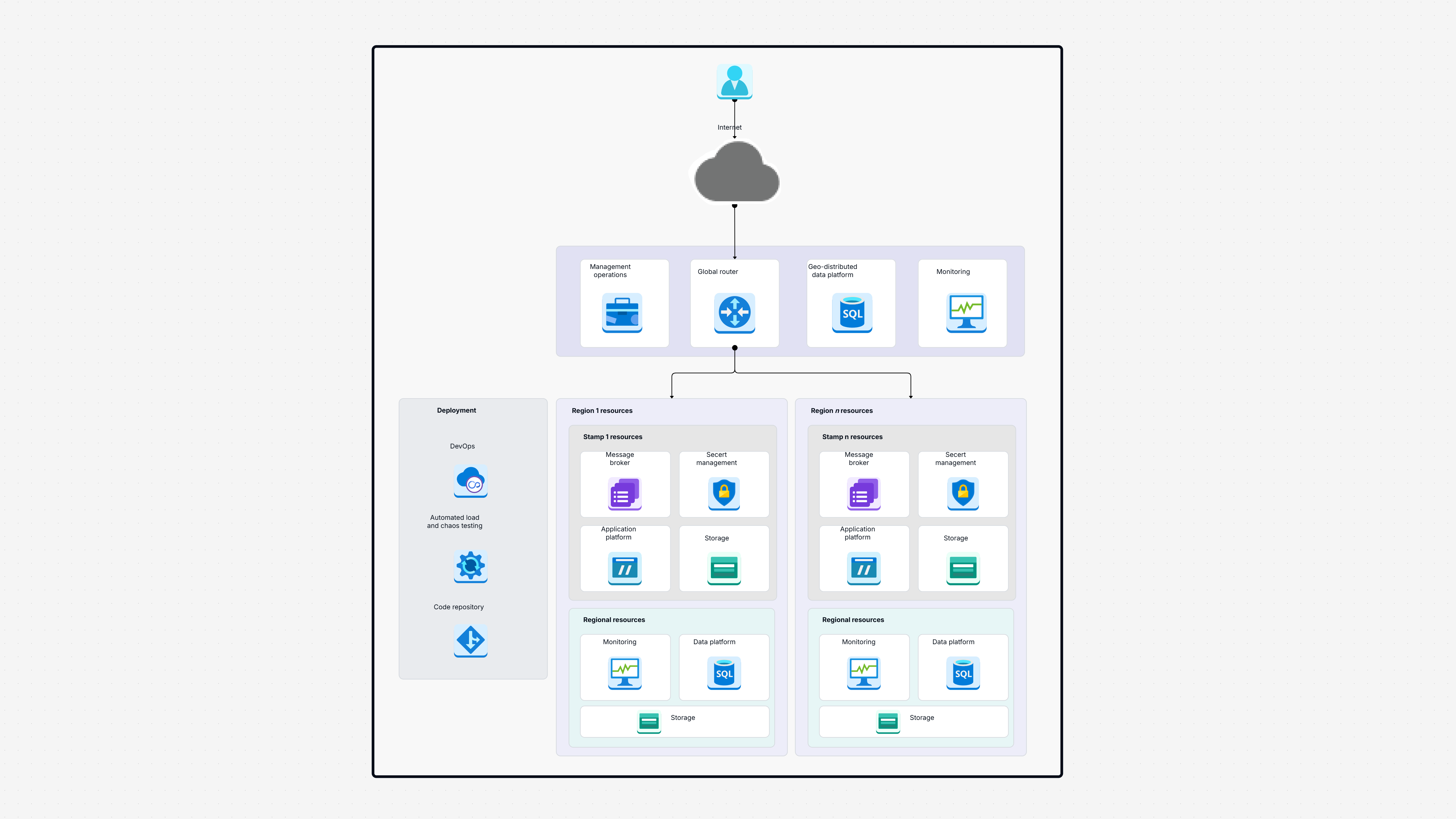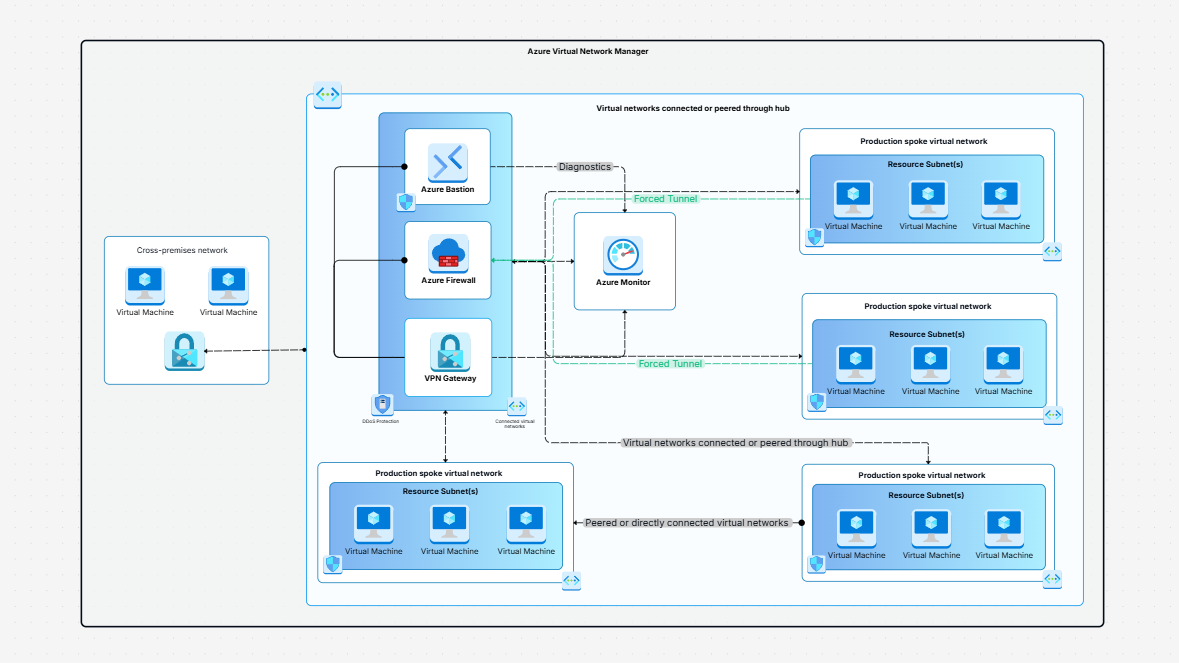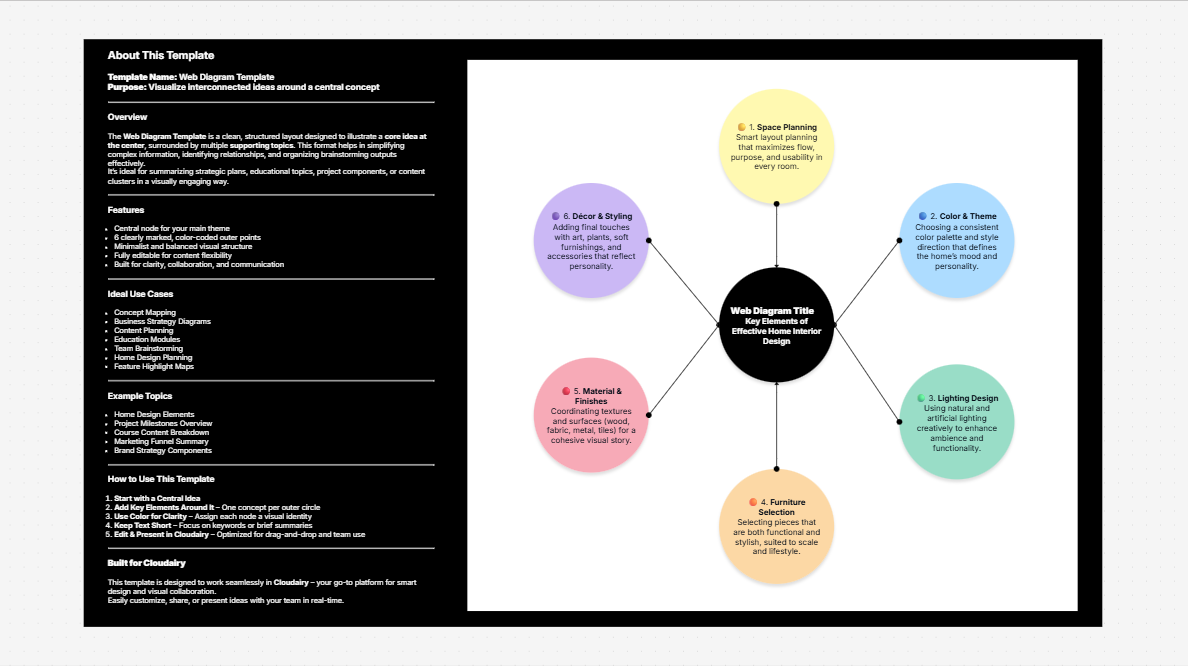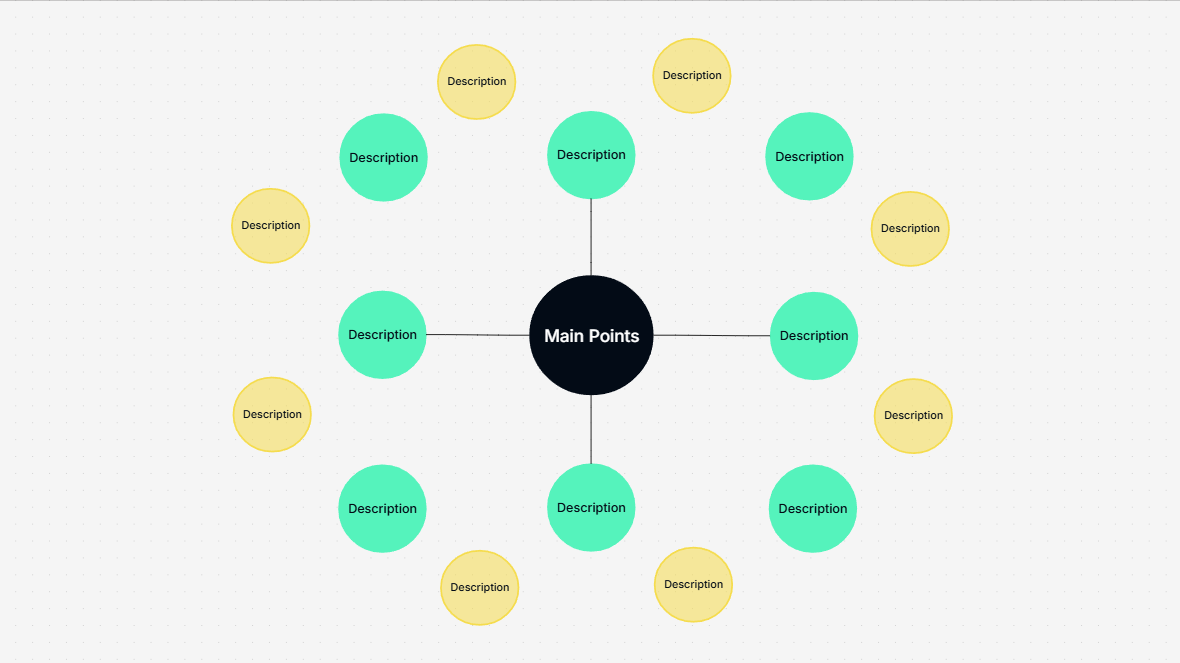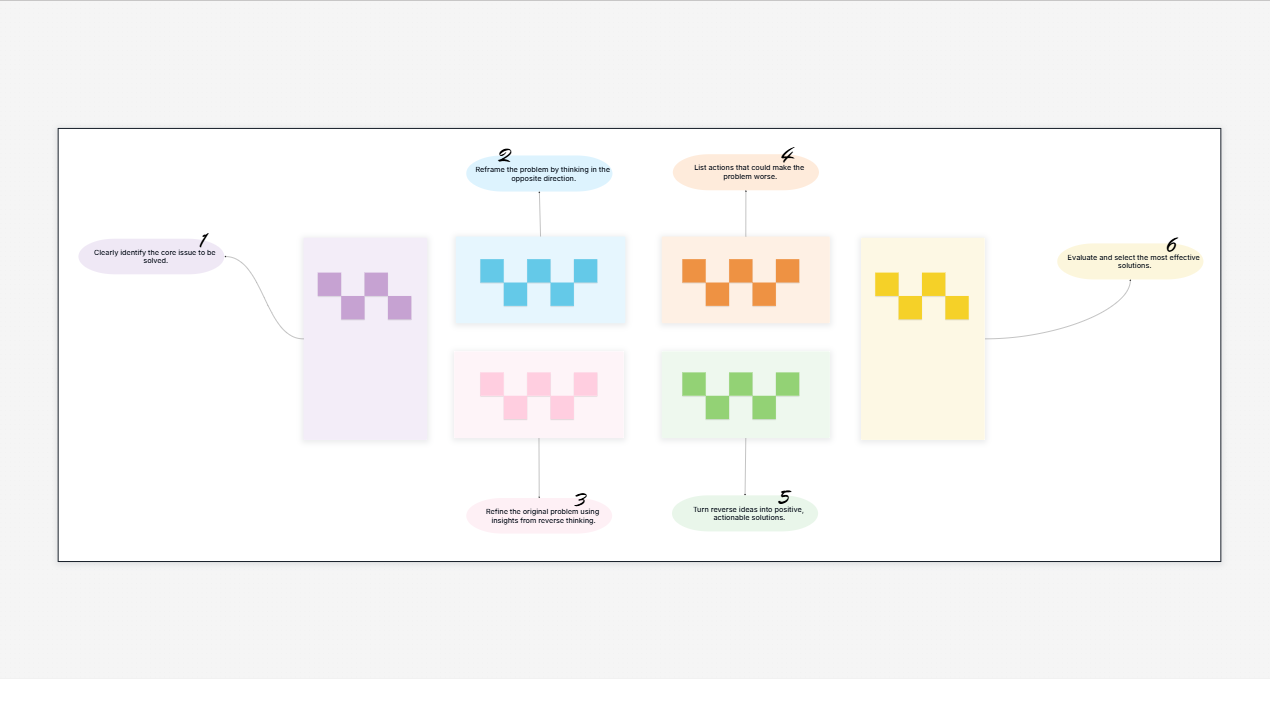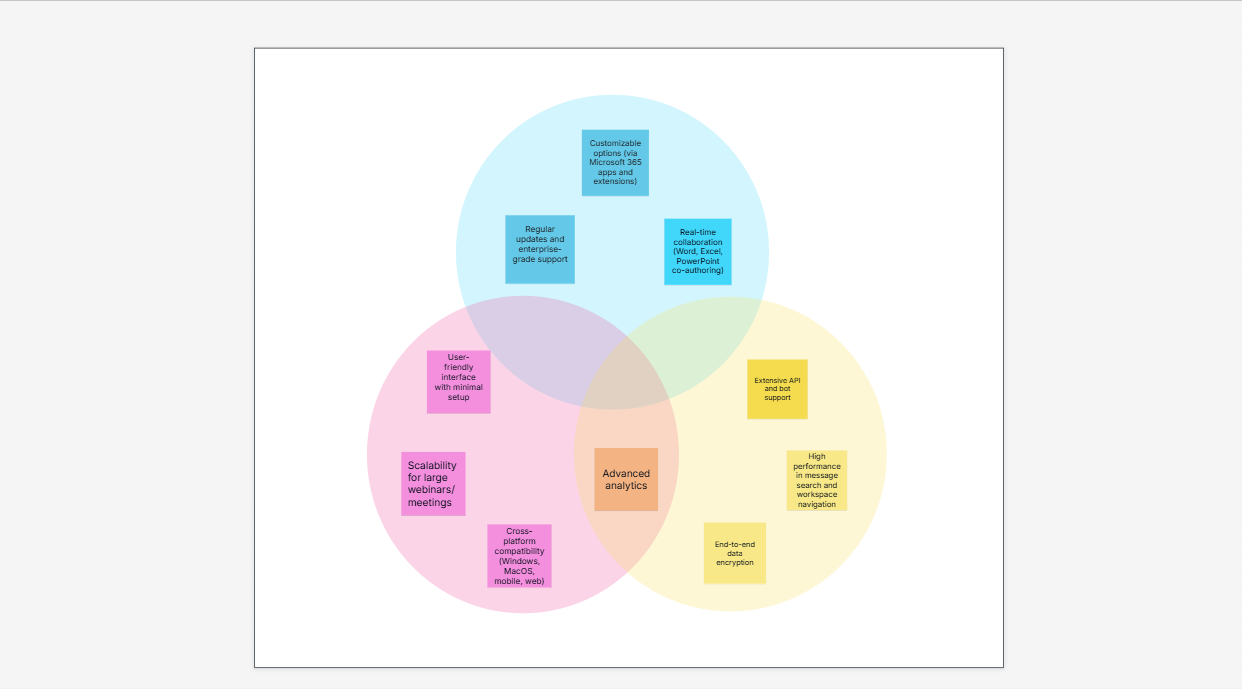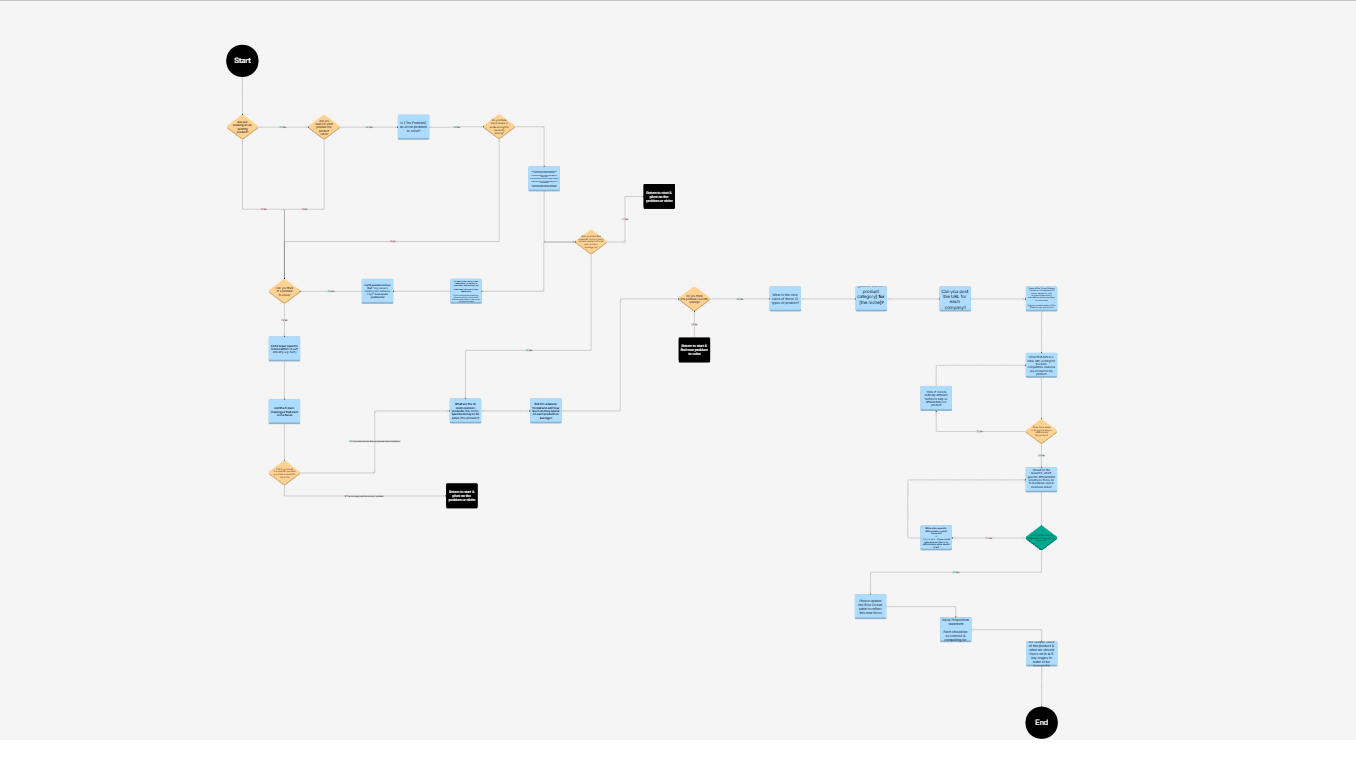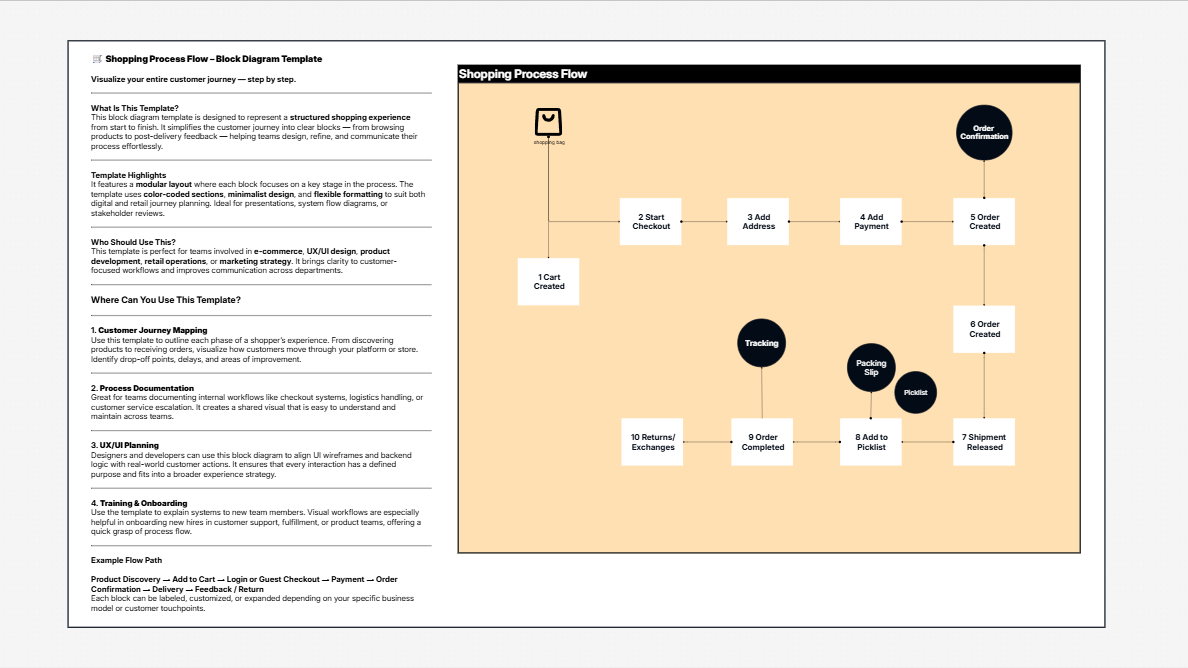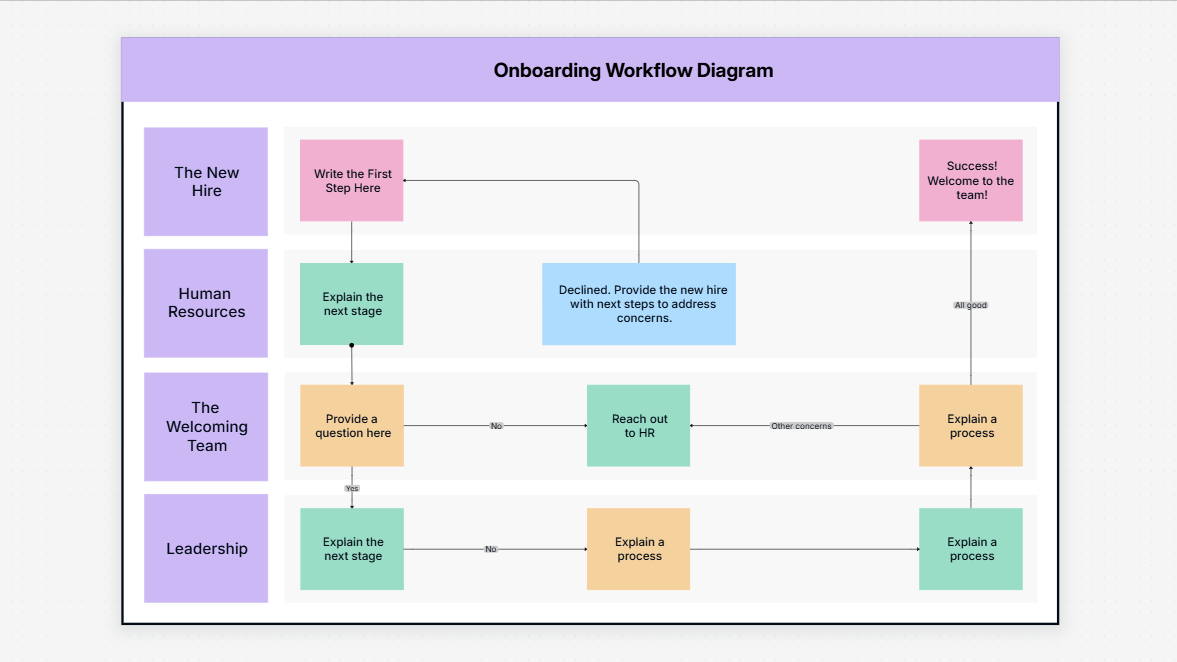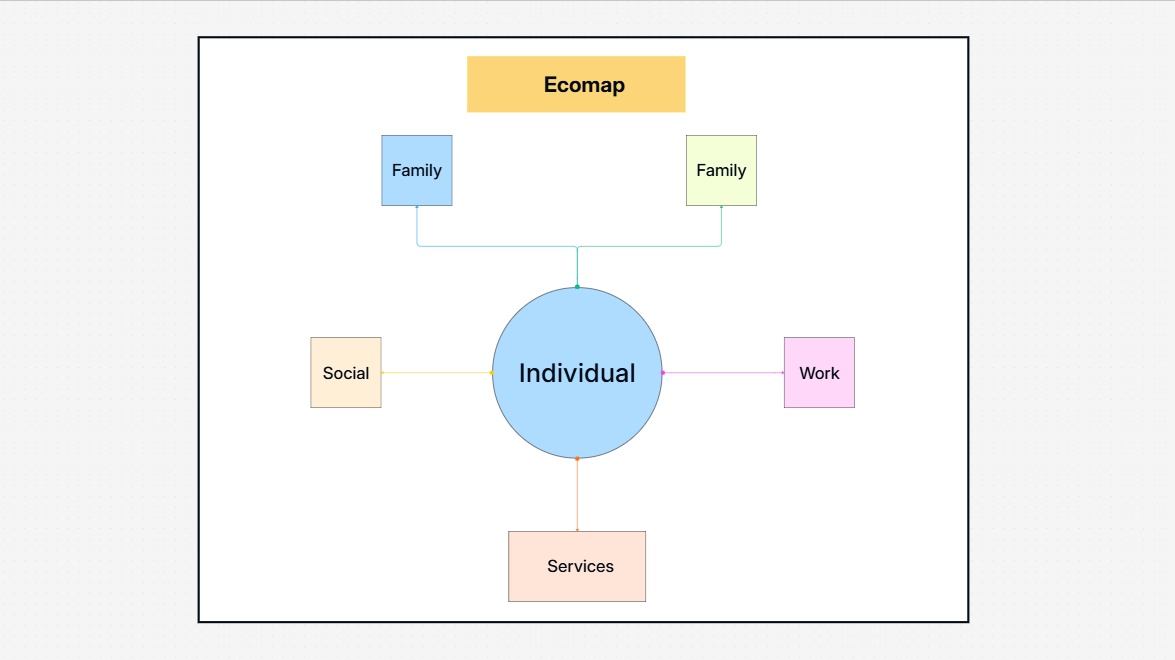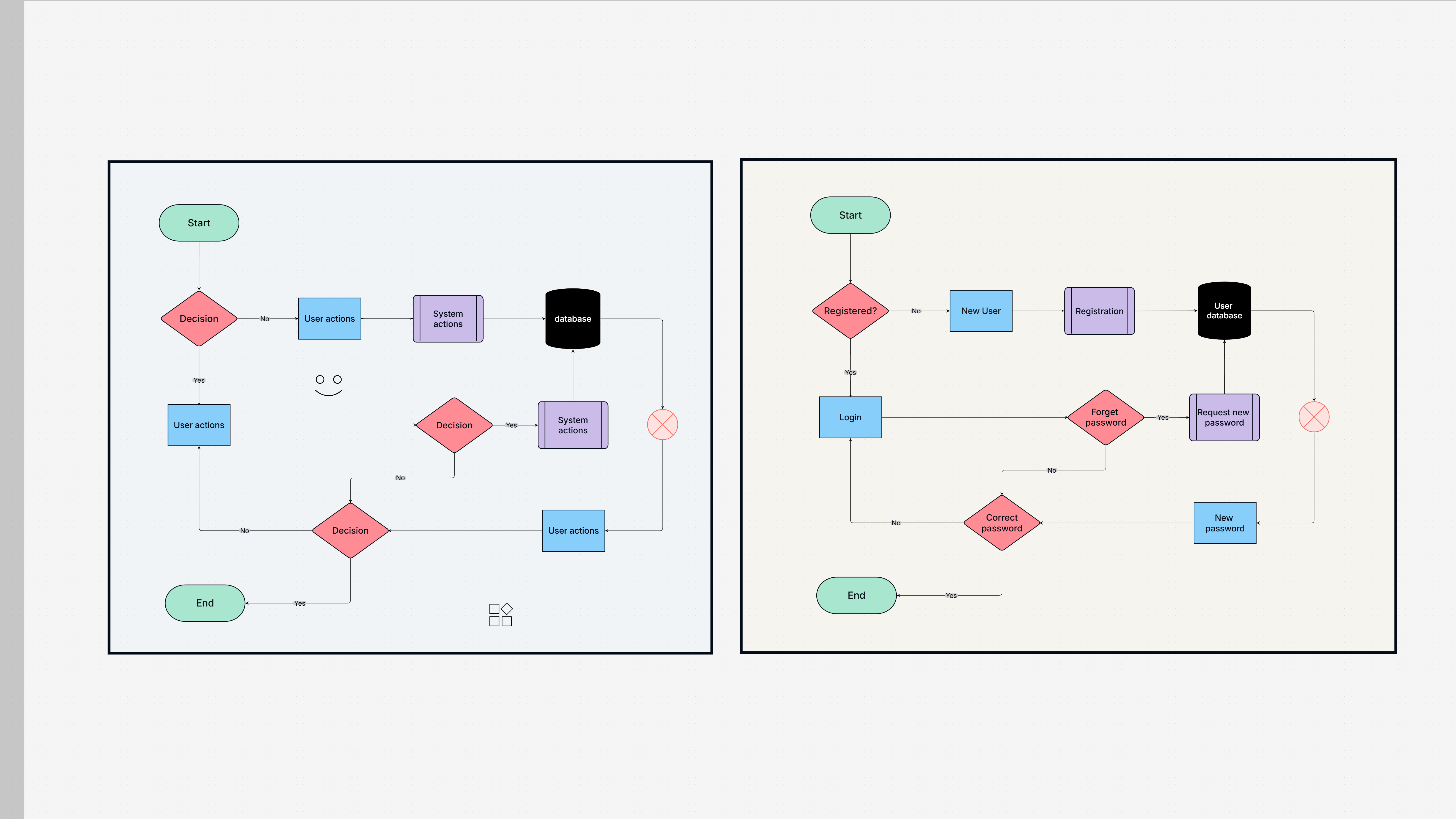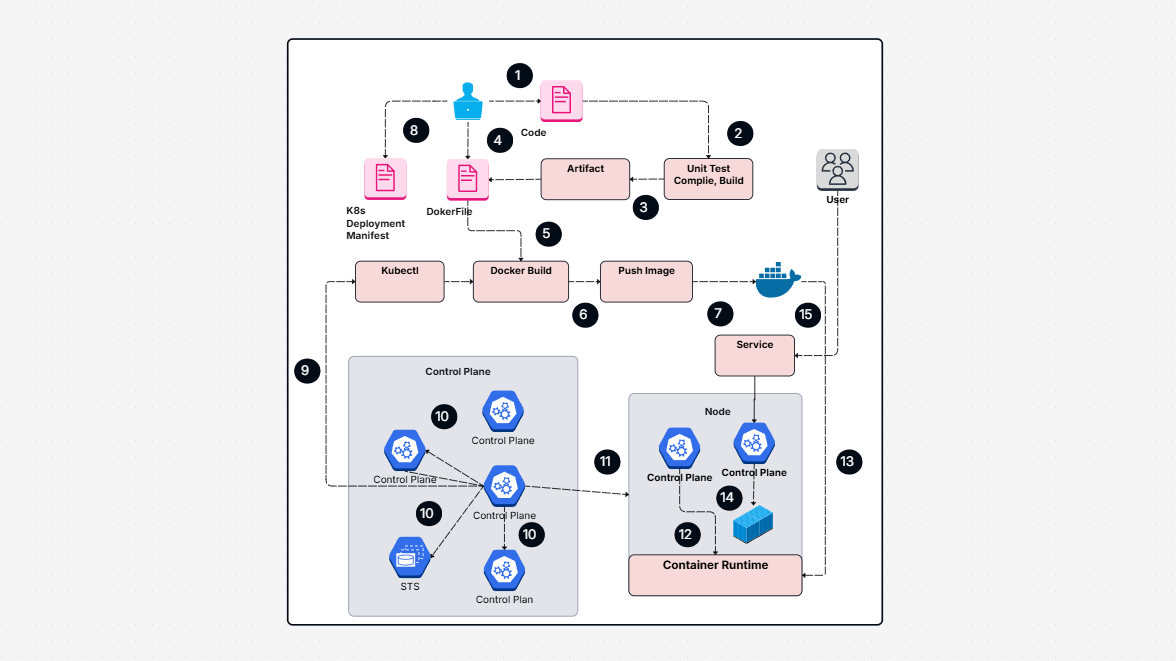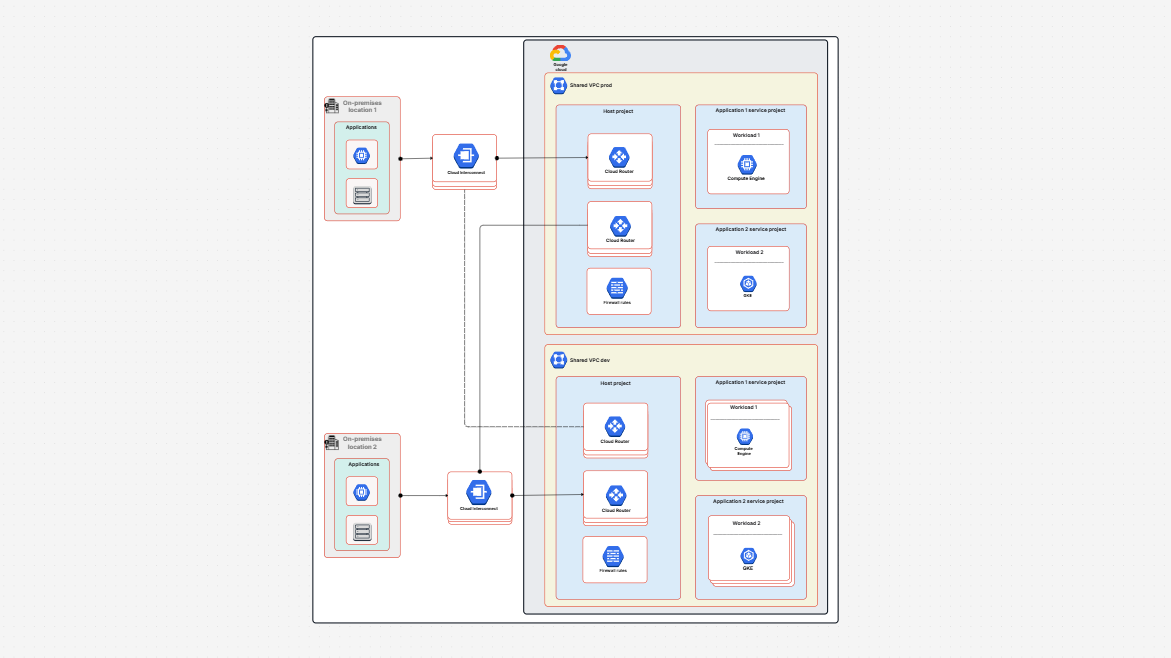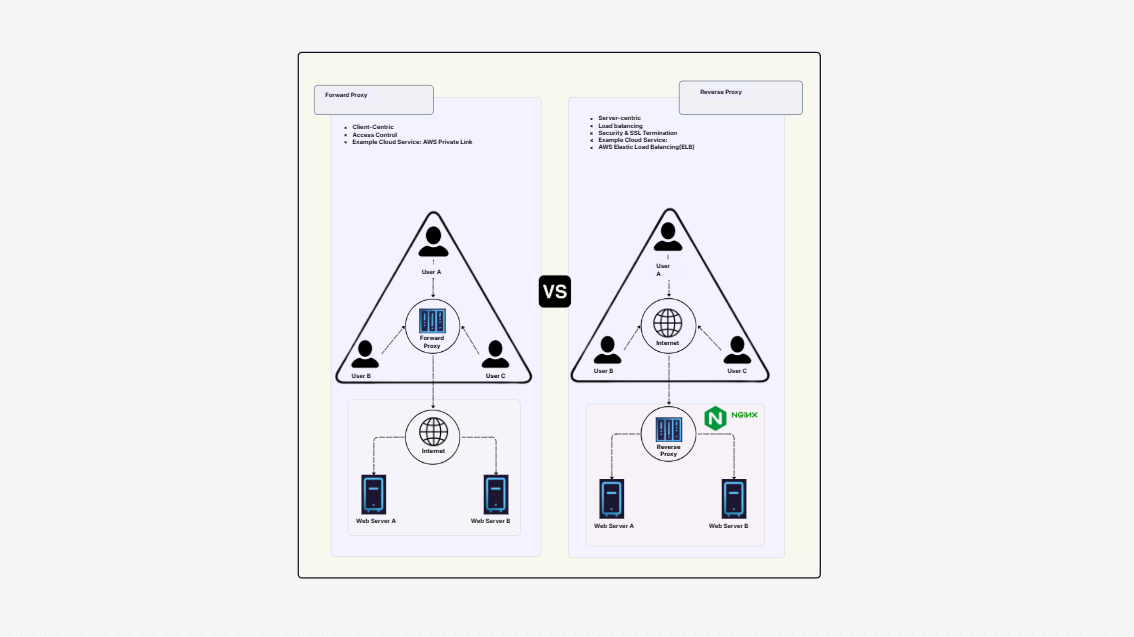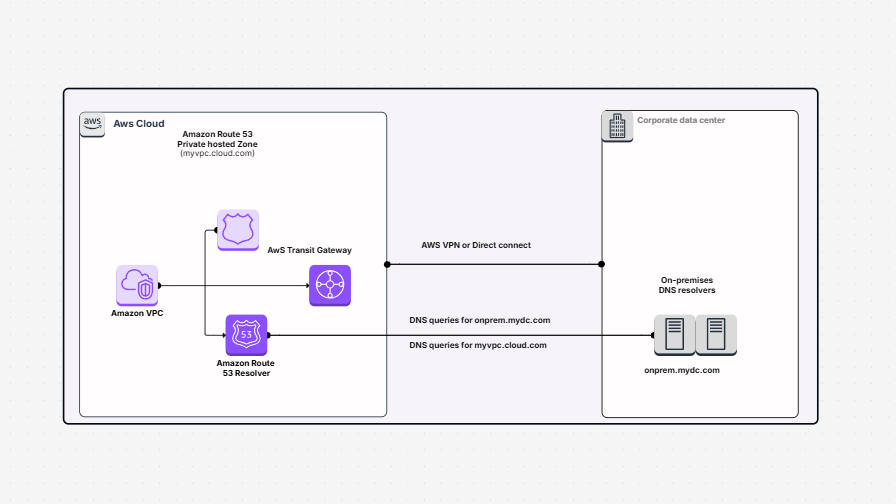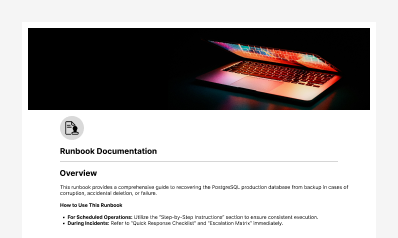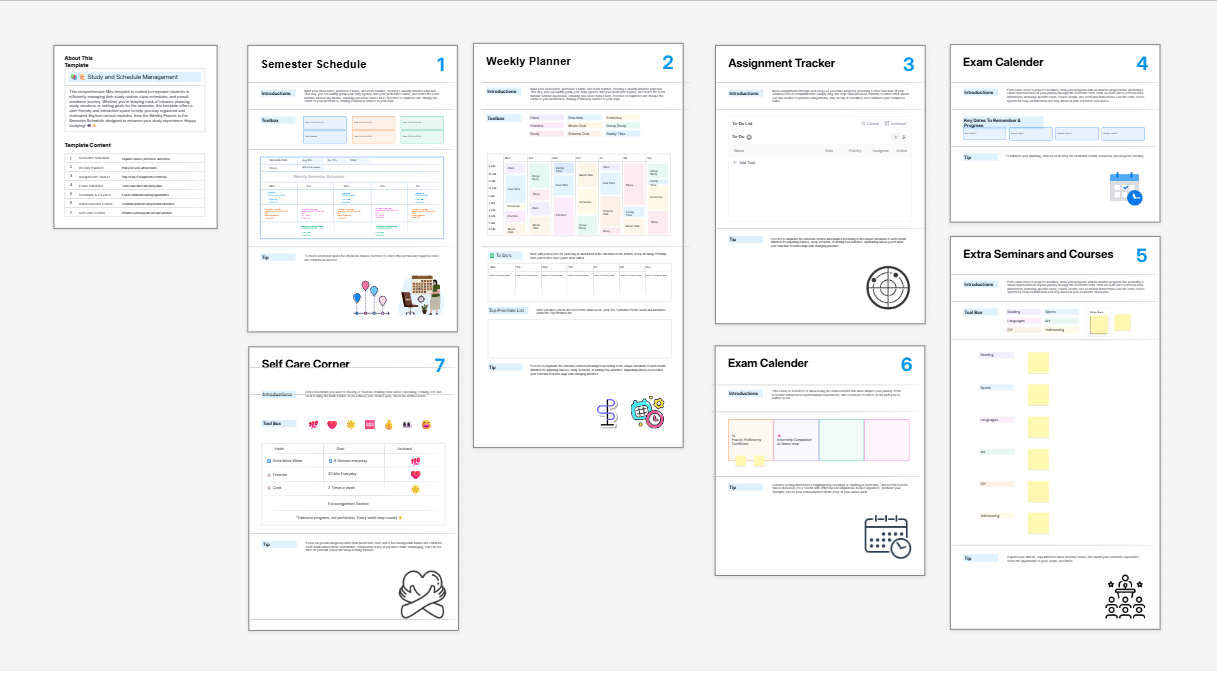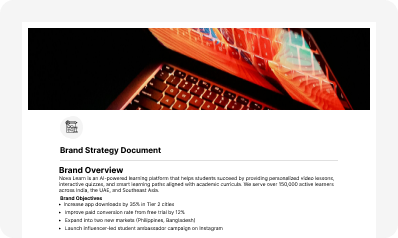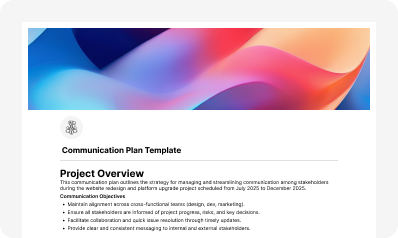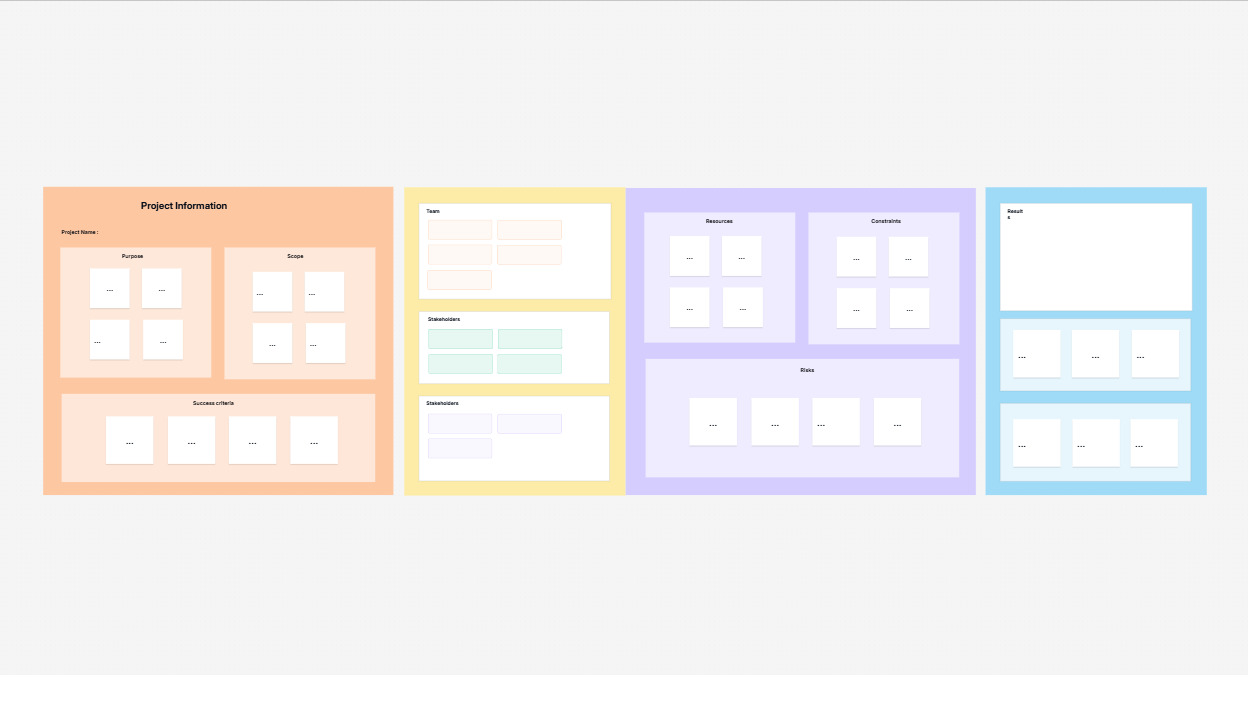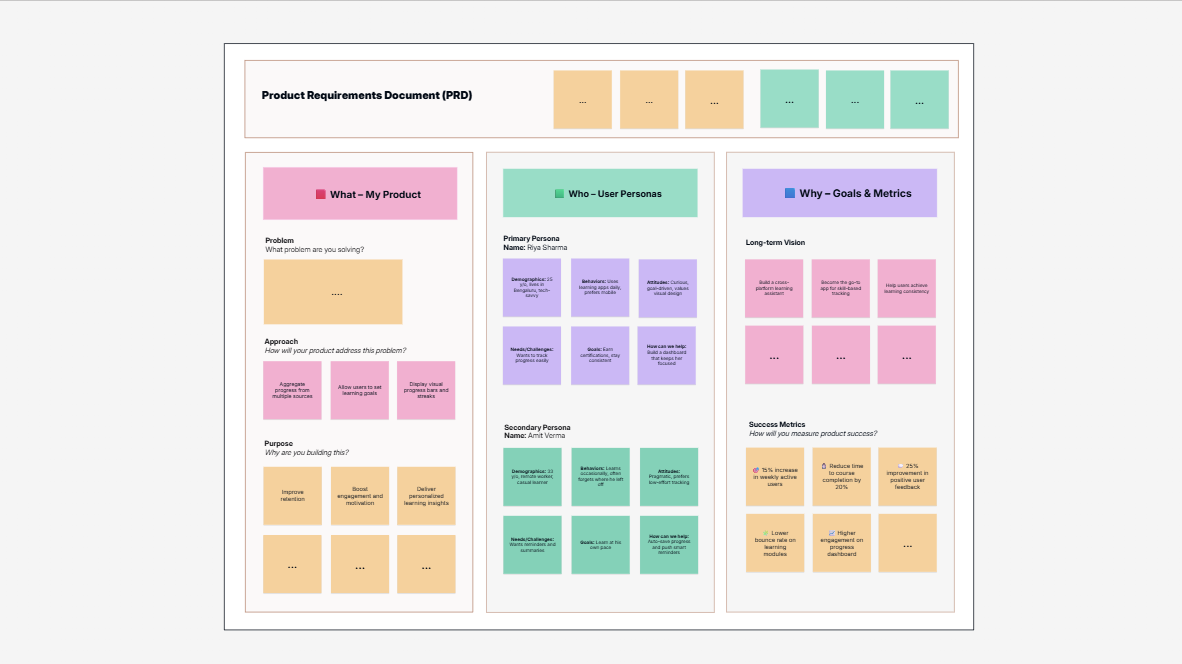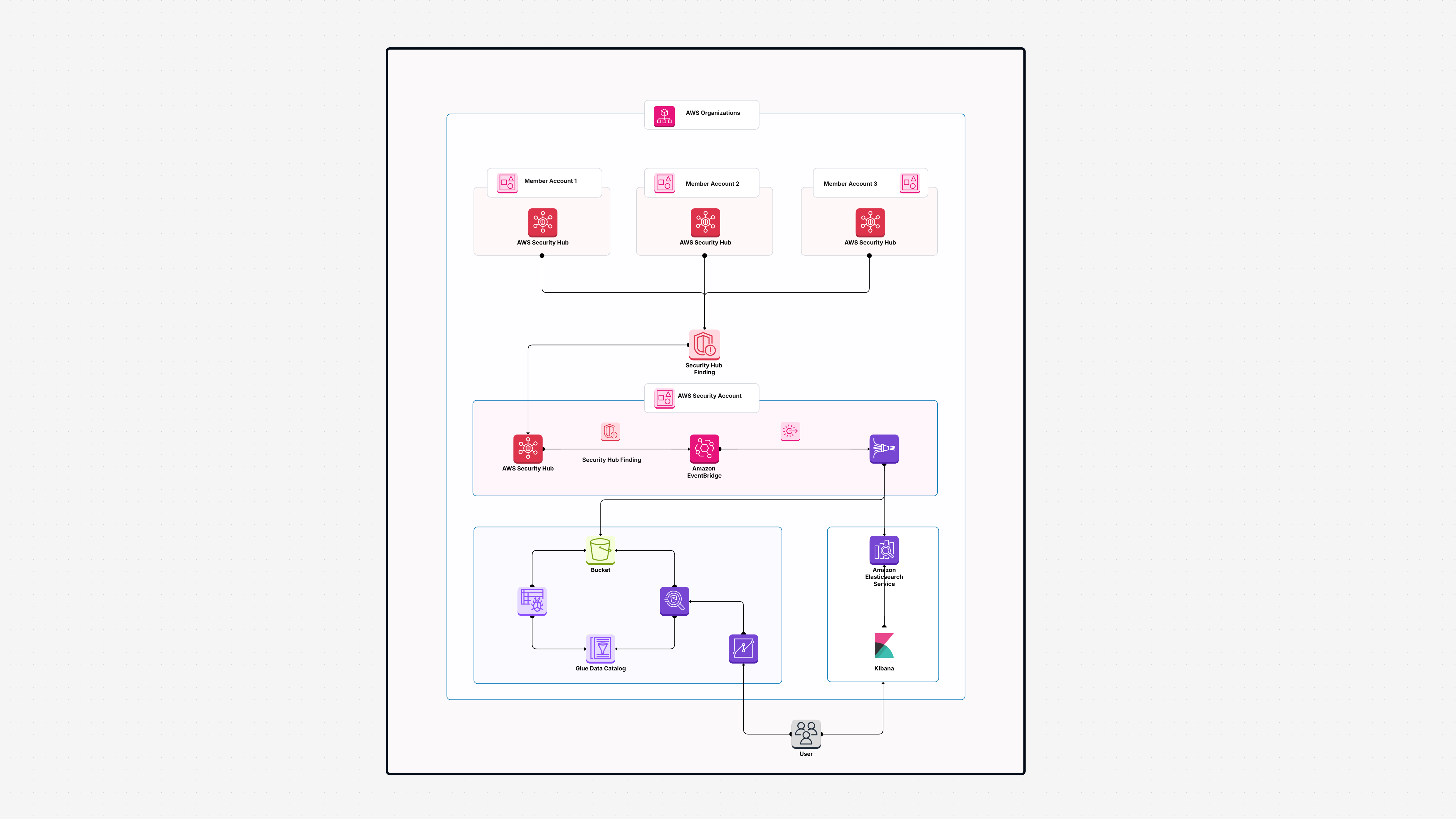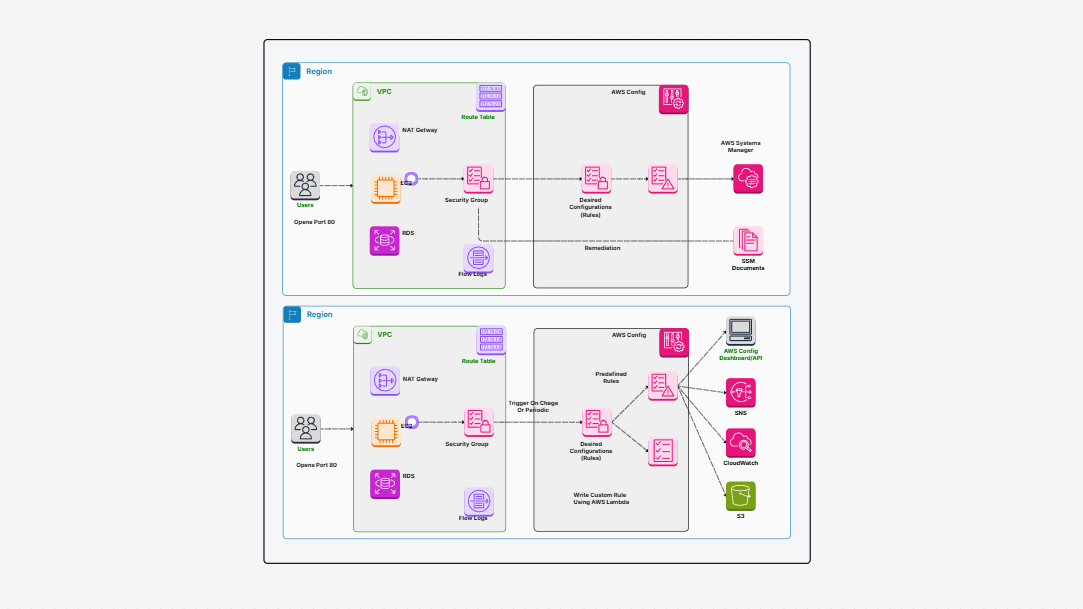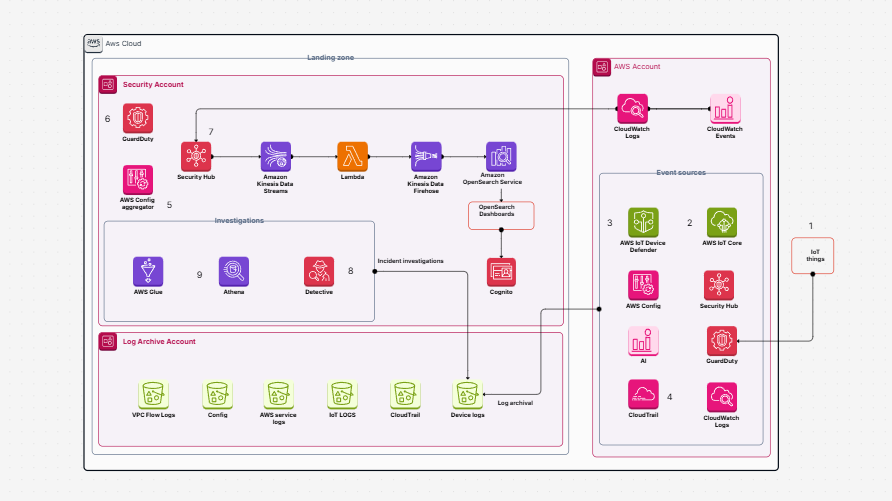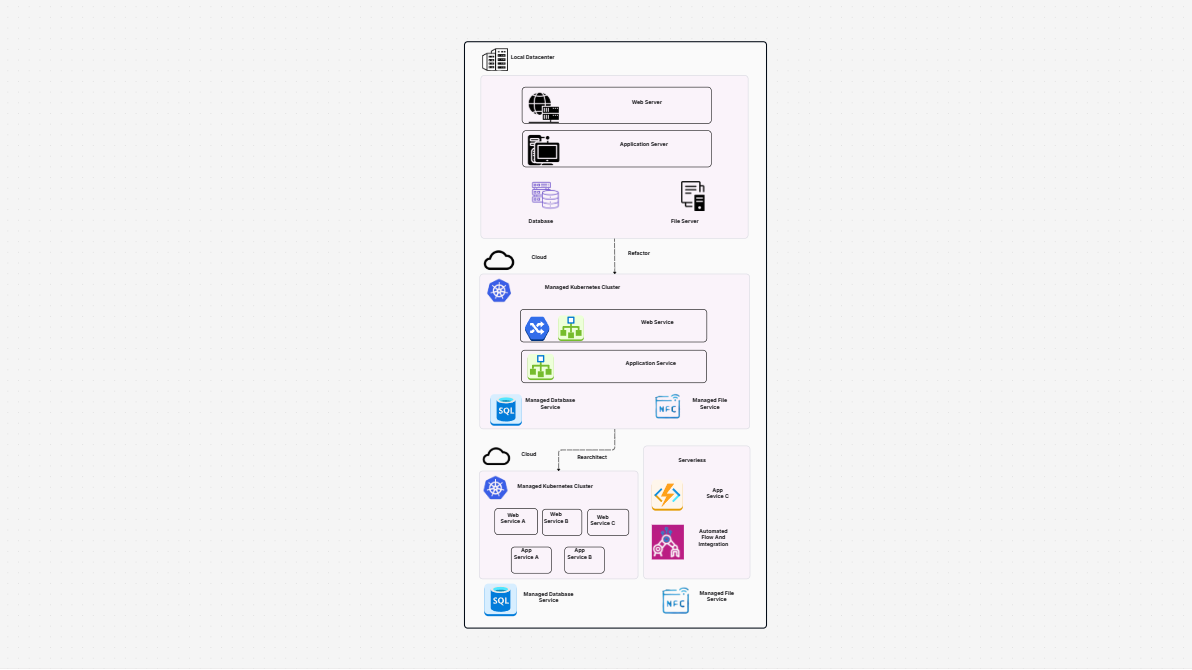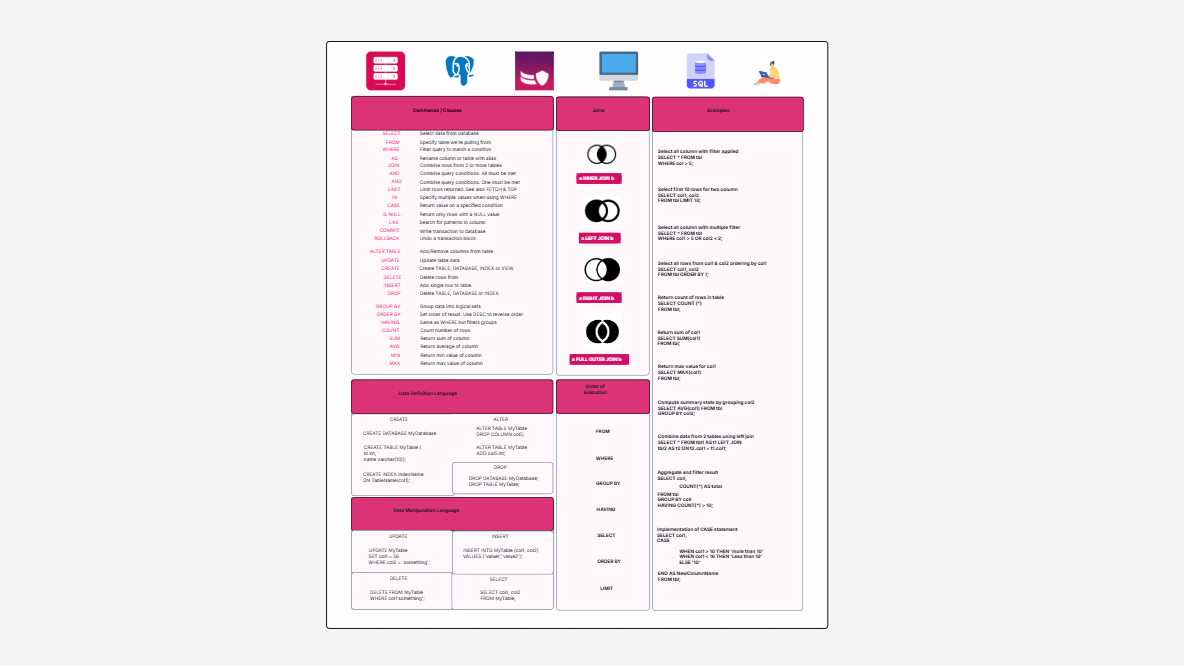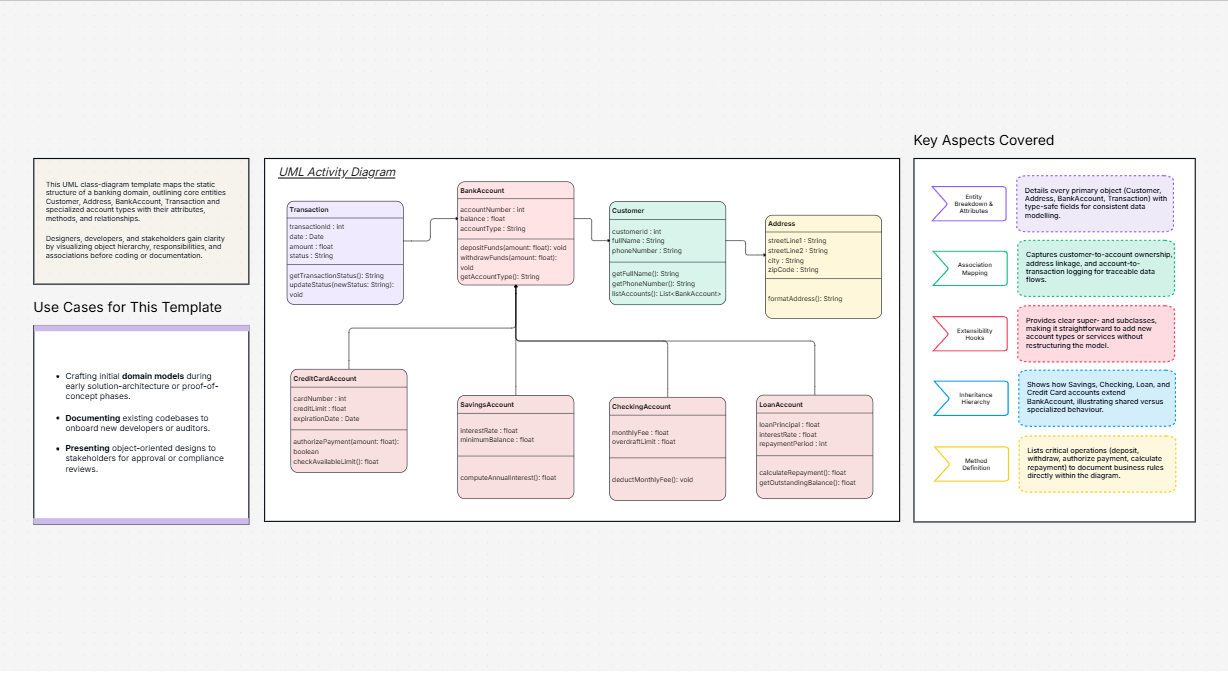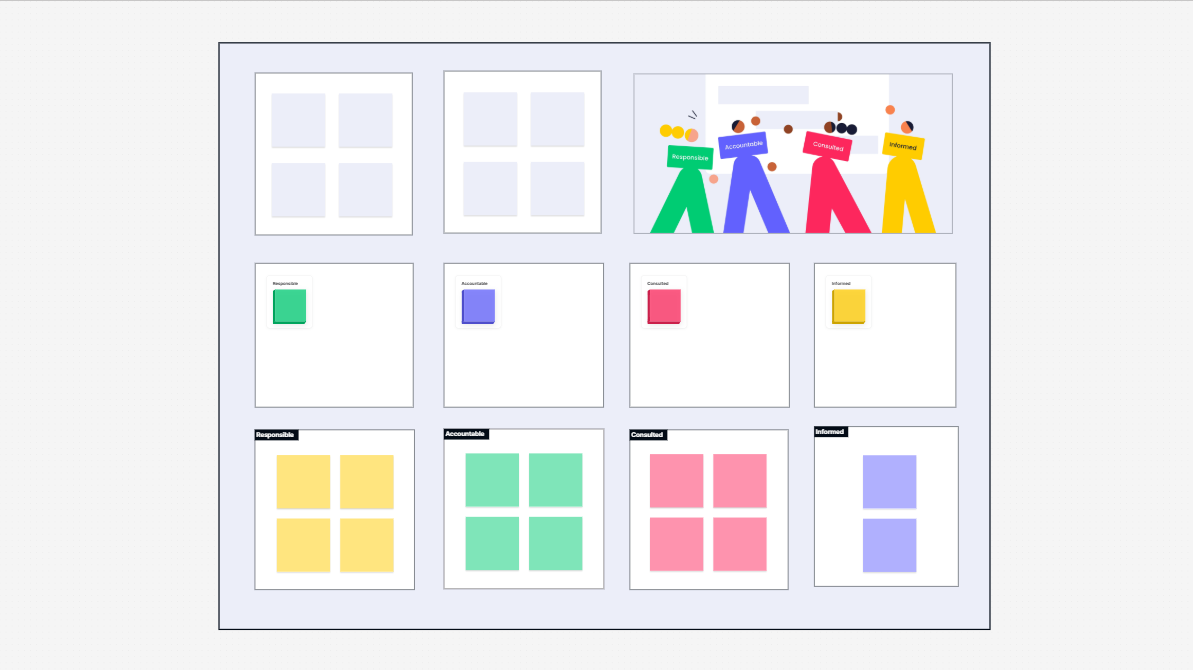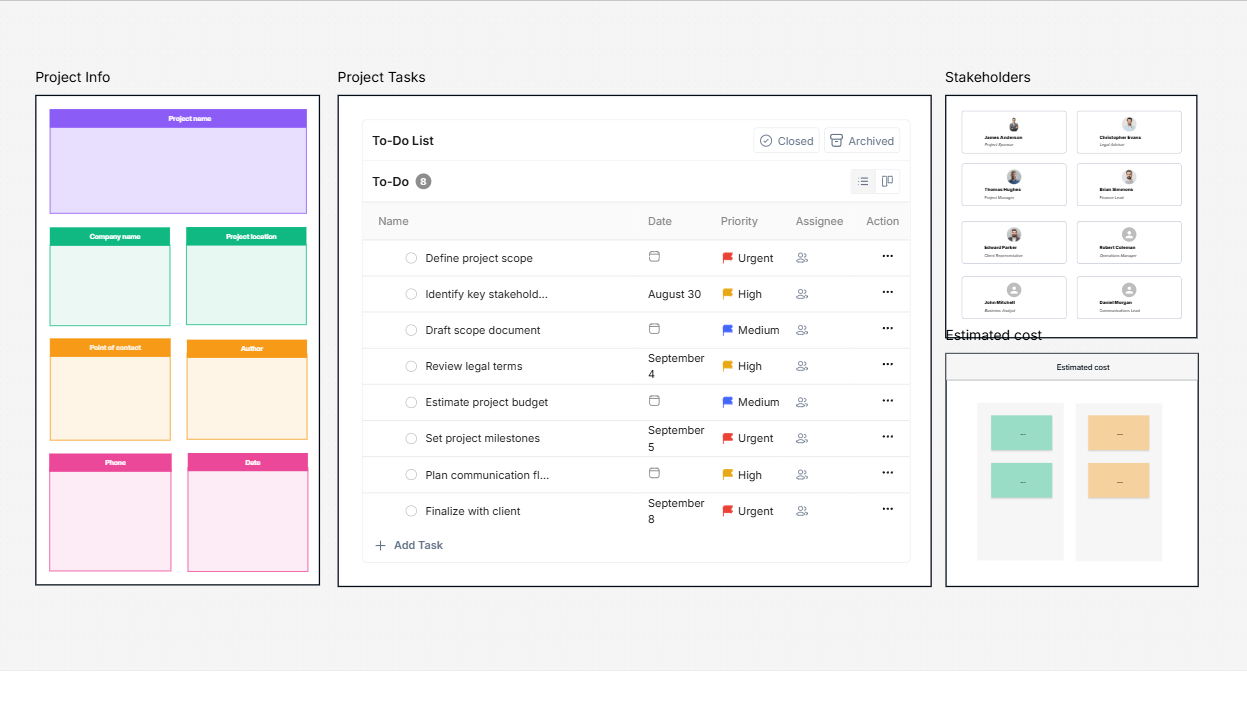WorkHub

What is this template?
Using this product requirements document template when launching a new feature or product enables your team to
-
Present the issue and the suggested fix in a single perspective as soon as possible.
-
Describe user personas in actual context, including objectives, problems, and actions.
-
Connect every feature to measurable goals and metrics so that they directly contribute to the alignment of your product roadmap.
-
Use visual tools like swimlanes, sticky notes, and color coding to collaborate visually so that it can be easily refined during in-person or remote workshops.
Software project documentation is simplified by this visual-first method, which makes it genuinely helpful for all parties involved, including engineers.
Visualize feature connections and timelines to facilitate proactive project management by enabling early identification of dependencies and risks.
Who finds this template useful?
-
Product managers are in charge of starting a sprint or creating an MVP.
-
UX designers and researchers directly coordinating feature concepts with user insights.
-
Architects and engineers can rapidly see how each feature connects to success metrics and user needs.
-
Business teams and leadership have a clear view of how decisions about products will affect the company.
-
Teams in charge of marketing and sales gain from having a clear understanding of the advantages of features and how they affect customers.
Fundamentals and Guidelines
For simple asynchronous use, locate the template in cloud-based applications like Google Slides, Confluence, or Airtable. It is designed to open with a single glance.
1. What- Sections of My Product:
-
Problem Statement: a summary of the issue.
-
Proposed Solution: A high-level approach to the way you deal with the issue is suggested.
-
Purpose or value proposition: Why this is important for the user and product strategy.
Use short phrases, visual shapes, and color blocks to help you quickly proceed and make sense of each section. Think of it like sticky notes.
Add depth without excess by including clear contextual notes or references to research or customer feedback that support the problems and solutions mentioned.
2. Who- Sections on User Personas:
-
Name and Demographics: e.g., Budget Shopper, 28–35 years, urban."
-
Behaviors & Goals: Their actions and desires.
-
Needs & Frustrations: Where existing solutions fall short.
-
How We Assist: Supposed feature advantage.
Use images or emojis to give personas a sense of reality; this is particularly useful in product development planning sessions.
To help prioritize features based on user impact, include the segment size or priority level.
3. Why: Sections on Goals and Metrics
-
Business goal: For example, "Increase trial-to-paid conversion by 15% Q4."
-
User outcome: For example, "Reduce signup friction, measured by drop-off rate."
-
Success Metrics: Establish KPIs, such as time saved, conversion rate, and NPS score.
Keep metrics SMART (Specific, Measurable, Achievable, Relevant, Time-bound) and link them to the alignment of your product roadmap.
To clearly measure predicted improvements, include baseline values and target thresholds.
4. Sections on Feature Mapping:
-
Feature title: "One-click calendar sync" is an example of a concise text.
-
Persona Served: Persona link.
-
Issue Solved: Which issue is resolved?
-
Metric affected: Which KPI it moves.
A great way to visualize planning and prioritization is to arrange this as a matrix.
To quickly communicate feature status or risk, use color coding or icons in the matrix.
How to open in Cloudairy ?
-
Use your preferred tool to upload or copy the template:
-
Confluence as an editable collaborative page
-
For workshops and visual stickies, use Figma or Miro.
-
Tables, charts, and images embedded in Google Slides or Docs
-
Give contributors the ability to edit their comments.
-
Fill in the "What," "Who," and "Why" sections of the template during a discovery session.
-
For your software project documentation, take a screenshot of each section and then link it back to Confluence or JIRA.
Why this is helpful ?
-
Sharp clarity: Metrics, personas, and product goals are all displayed in a single view.
-
Improved cooperation: Visual layout helps both in-person and remote workshops.
-
Focused documentation is more efficient and environmentally friendly than 40-page PRDs.
-
Outcome-driven: Consistent with visible impact and product development planning.
-
Scalable and repeatable: Suitable for big product launches, sprint cycles, and MVPs.
Summary
Your go-to resource for clearly defining product features and relating them to actual user personas and measurable goals is this product requirements document template. Without a load of large documents, it guarantees product roadmap alignment and strengthens product development planning. It is collaborative, visual, organized, and ideal for the realities of contemporary software teams.
Related Retrospective Templates
Find templates tailored to your specific needs. Whether you’re designing diagrams, planning projects, or brainstorming ideas, explore related templates to streamline your workflow and inspire creativity
Design, collaborate, innovate with Cloudairy
Unlock AI-driven design and teamwork. Start your free trial today










Design, collaborate, innovate with Cloudairy
Unlock AI-driven design and teamwork. Start your free trial today











